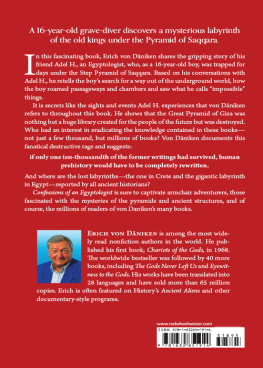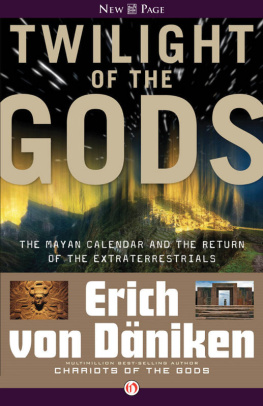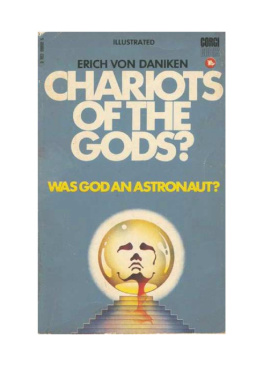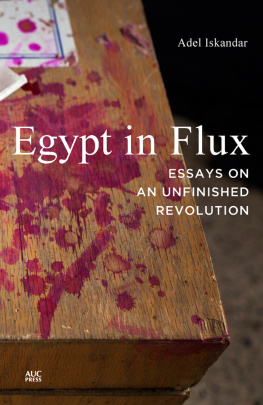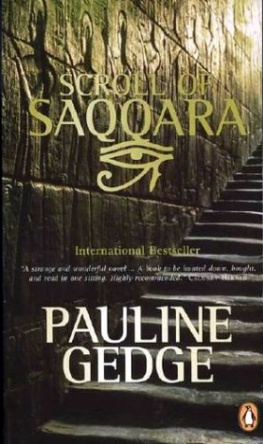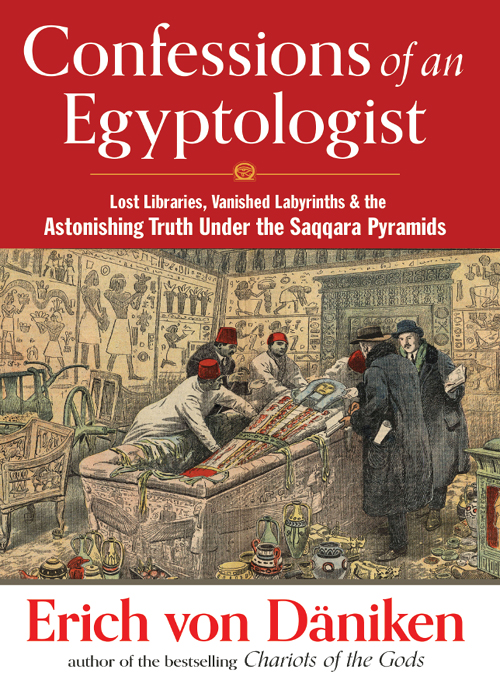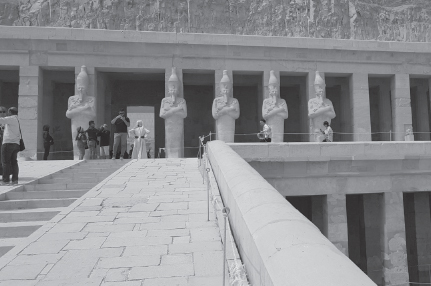Erich von Daniken - Confessions of an Egyptologist: Lost Libraries, Vanished Labyrinths & the Astonishing Truth Under the Saqqara Pyramids
Here you can read online Erich von Daniken - Confessions of an Egyptologist: Lost Libraries, Vanished Labyrinths & the Astonishing Truth Under the Saqqara Pyramids full text of the book (entire story) in english for free. Download pdf and epub, get meaning, cover and reviews about this ebook. year: 2021, publisher: New Page Books, genre: Religion. Description of the work, (preface) as well as reviews are available. Best literature library LitArk.com created for fans of good reading and offers a wide selection of genres:
Romance novel
Science fiction
Adventure
Detective
Science
History
Home and family
Prose
Art
Politics
Computer
Non-fiction
Religion
Business
Children
Humor
Choose a favorite category and find really read worthwhile books. Enjoy immersion in the world of imagination, feel the emotions of the characters or learn something new for yourself, make an fascinating discovery.
- Book:Confessions of an Egyptologist: Lost Libraries, Vanished Labyrinths & the Astonishing Truth Under the Saqqara Pyramids
- Author:
- Publisher:New Page Books
- Genre:
- Year:2021
- Rating:5 / 5
- Favourites:Add to favourites
- Your mark:
Confessions of an Egyptologist: Lost Libraries, Vanished Labyrinths & the Astonishing Truth Under the Saqqara Pyramids: summary, description and annotation
We offer to read an annotation, description, summary or preface (depends on what the author of the book "Confessions of an Egyptologist: Lost Libraries, Vanished Labyrinths & the Astonishing Truth Under the Saqqara Pyramids" wrote himself). If you haven't found the necessary information about the book — write in the comments, we will try to find it.
In this book, Erich von Dniken shares the story of his friend Adel H., an Egyptologist, who, as a 16-year-old boy, was trapped for days under the Step Pyramid of Saqqara. Based on his conversations with Adel H., he retells the boys search for a way out of the underground world, how the boy roamed passageways and chambers and saw what he calls impossible things of which the professional world is completely unaware. Adel experienced uncanny events, a mixture of spirit realm and reality, which is described here for the first time. The story of Egypt, Adel says, has two sidesthe official one and the unknown one.
It is secrets like the sights and events Adel experiences underground that von Dniken refers to throughout this book. Von Dniken shows that the Great Pyramid of Giza is nothing but a huge library created for the people of the future. He proves his claim through quotes from the few ancient works that still survive. Who actually had an interest for millennia in destroying knowledge/books? Its not about a few thousand, but about millions of books. Von Dniken documents the fanatical destructive rage of the people and means: If we would only have one ten-thousandth of the former writings, human prehistory would have to be completely rewritten.
And where are the lost labyrinths? The one of Crete and the gigantic labyrinth of Egypt, of which all ancient historians reported?
Against the background of these revelations, von Dniken turns the spot on to another focus of his book. A paradigm shift in the question of extraterrestrial life: The gods have already come back. They came down again. They are currently orbiting our planet!
Erich von Daniken: author's other books
Who wrote Confessions of an Egyptologist: Lost Libraries, Vanished Labyrinths & the Astonishing Truth Under the Saqqara Pyramids? Find out the surname, the name of the author of the book and a list of all author's works by series.

